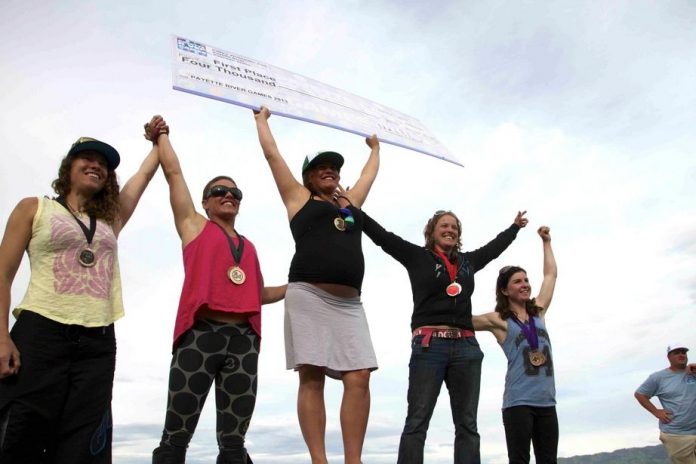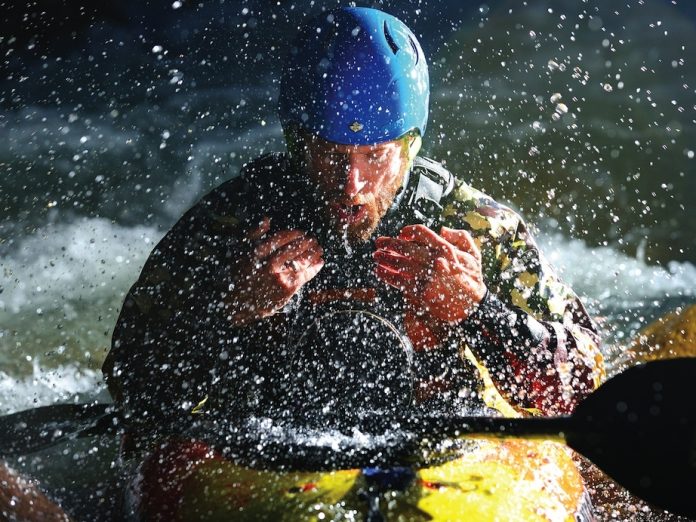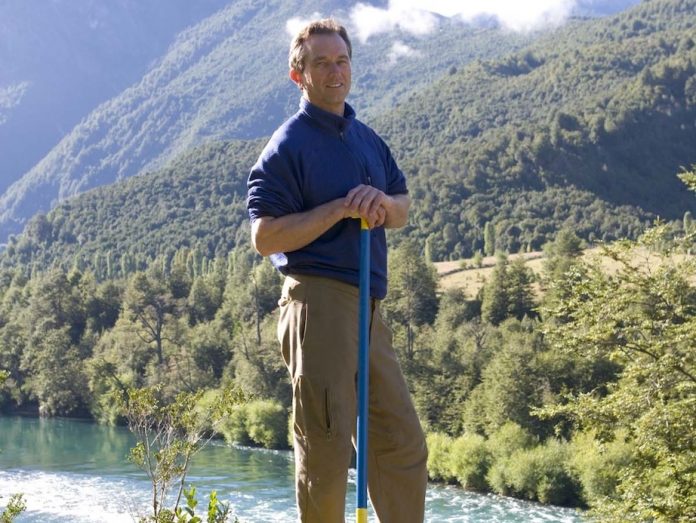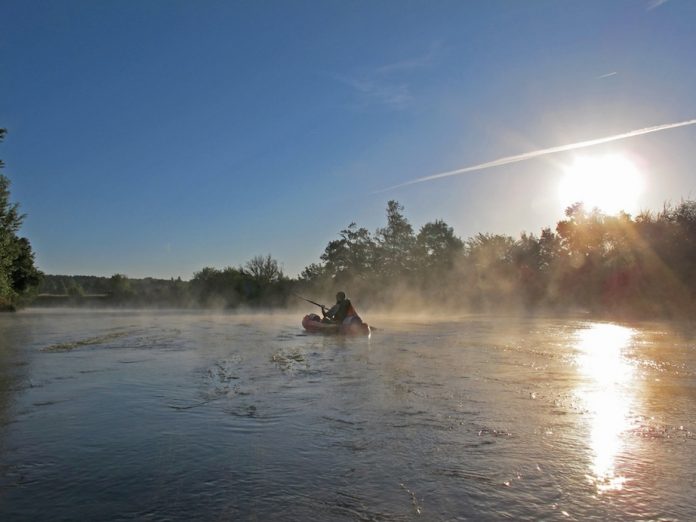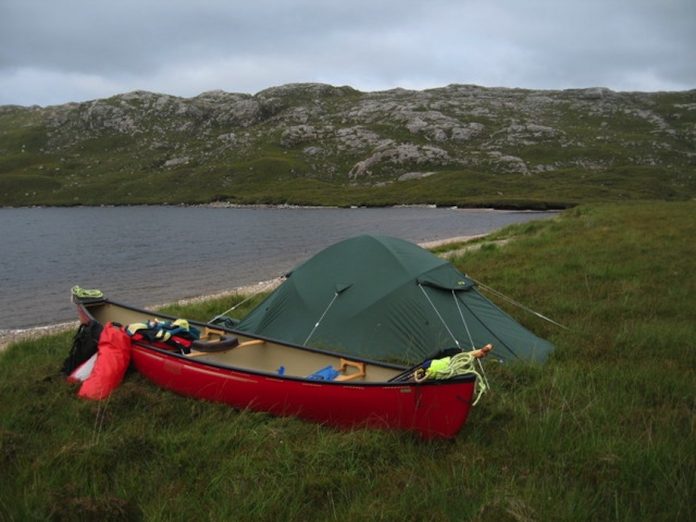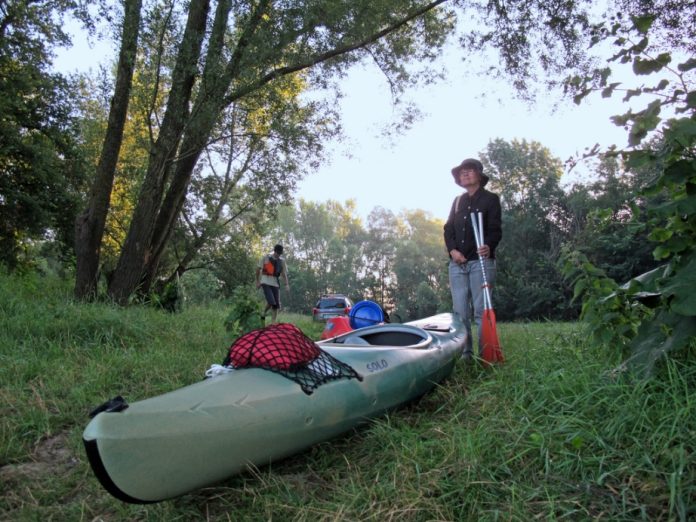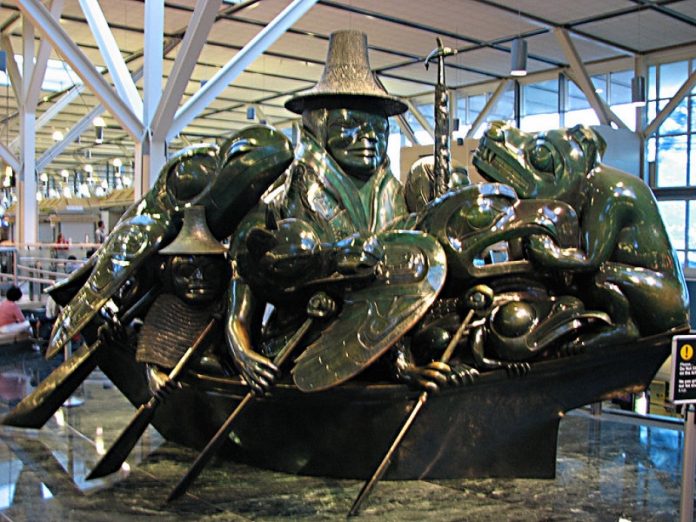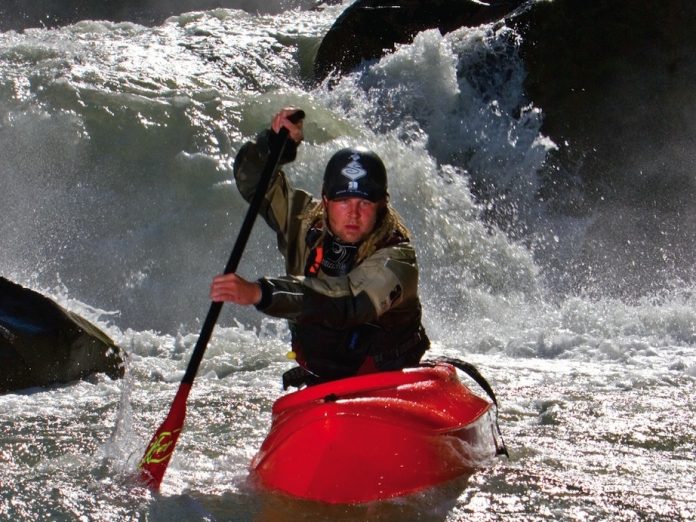While some women slow down towards the end of their pregnancy, others stay on the fast track, refusing to let pregnancy slow them down.
Such is the case with 23-year-old Emily Jackson, who has been continuing to tear up the freestyle circuit over the last nine months. Jackson, who has spent a lifetime kayaking and competing under the watchful eye of father, and founder of Jackson Kayaks, Eric Jackson, said the decision to continue paddling while pregnant was a no-brainer.
“Kayaking while pregnant gave me such a break from walking around being hot, sweaty and sore on my feet,” Jackson says. “It’s fun, it’s active and it’s addicting. It was my break during the day that I looked forward to.”
While some may think that playboating while pregnant poses a serious risk to mother and baby, in Jackson’s case it was just the opposite. By paddling almost daily throughout her entire pregnancy, she was able to keep active, as well as keep her body and muscles conditioned.
“Doctors say not to stop something and start back up during pregnancy, that’s when you can injure yourself,” she says. “I was very careful and conscious of everything I did when I paddled pregnant. I never paddled fatigued and only trained for an hour at the very most”.
Even though her body changed as her pregnancy progressed, Jackson says her paddling style and combat roll essentially stayed the same, which she attributes to the fact that she has always used a back deck roll. Setting up for combinations on the wave, and trying to quash her competitive nature, however, proved to be slightly more difficult.
“Mentally, it was hard as I am a competitive person,” she claims. “Unless I was set up just right, I couldn’t jerk my body around to make it do what I wanted. So I took a lot of time setting up a few easy moves and just focused on being fluid and smooth from move to move.” With the goal of not having any goals, Jackson found herself happy just to be on the water, regardless of whether she was able to throw a trick or not, and had no real intention of placing well at events. Regardless, she found herself at the top of the podium when she competed at the Payette River Games in late June.
“I was eight months pregnant, I didn’t care what the results were,” says Jackson. “I think a big part of the win has to do with having relaxing, stress-free and super-happy sessions on the water.”
With her baby due in mid July, Emily doesn’t see herself or husband, Nick Troutman, slowing down anytime soon. Having grown up in a unique environment, it’s not surprising to hear what she’s most looking forward to about being a mom.
“If anything, my life is about to get even crazier,” she says. “I grew up with so many unique life experiences that what I look forward to the most is doing the same with my kid.”



